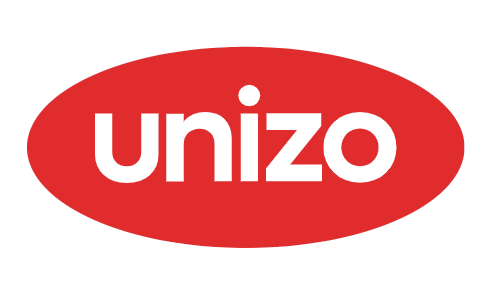Depending on your experience in exporting, your target market and the types of products and services, you will have to take an important decision: cross borders yourself or work with local commercial partners. You will find everything you need to know about direct and indirect exporting below.
Direct exporting
In the case of direct exporting, you take care of selling your products or services in other countries yourself. In other words, you are fully responsible for the success of your export project: from prospecting to customer service to marketing. The majority of new exporters who work with neighbouring countries opt for the direct approach because the language, culture and distances are generally manageable.
|
Benefits:
|
Drawbacks:
|
Indirect exporting
If you don’t have employees, financial resources or sufficient knowledge of the market, it may be best to enter an export market via one of the following intermediaries:
-
Sales representatives: they represent your interests in a specific region as a self-employed entity and work on a commission basis. You will keep complete control over sales and pricing while maintaining contact with end-customers.
Tip: sales representatives are often well protected. Pay close attention to contract termination conditions. You will avoid having to pay exorbitant goodwill compensation in the event that the collaboration is terminated. -
Distributors: these intermediaries purchase your products or services then resell them at different prices and under different terms and conditions in the region they are responsible for. You generally won’t know the end-customers. You have little information and limited control over your market.
Tip: look for distributors who provide obvious added value and share your vision. Create an ideal profile ahead of time taking into account criteria including financial base, geographical scope, experience and expectations. -
Partner companies: collaboration with a foreign player can be implemented in different ways, notably in the form of joint ventures or more individual agreements. They provide the benefit of being able to count on the help of a company which already has a significant customer base.
Tip: support your partner’s technical and sales team by organising training, going with them on customer visits or participating in trade shows together. Keep your lines of communication open and set concrete sales targets.
|
Benefits:
|
Drawbacks:
|
In Brussels, you can contact Enterprise Europe Brussels Network to find commercial partners. The network has an extensive database with commercial proposals from companies across Europe.
Conclusion: there is no one size fits all solution
What works for an exporter in a given market will not necessarily work for another one. In addition, you may prefer to export to the Netherlands directly, to Germany via an exclusive distributor and to France via two sales representatives. You may also have to adjust your approach over time.
The most important thing is to find an ambitious, but realistic, approach which works for you. However, remember this golden rule: regardless of your choice, always be sure to have all agreements in writing. Use contract templates and ask the opinion of a legal expert for this purpose.
Who can help me ?


